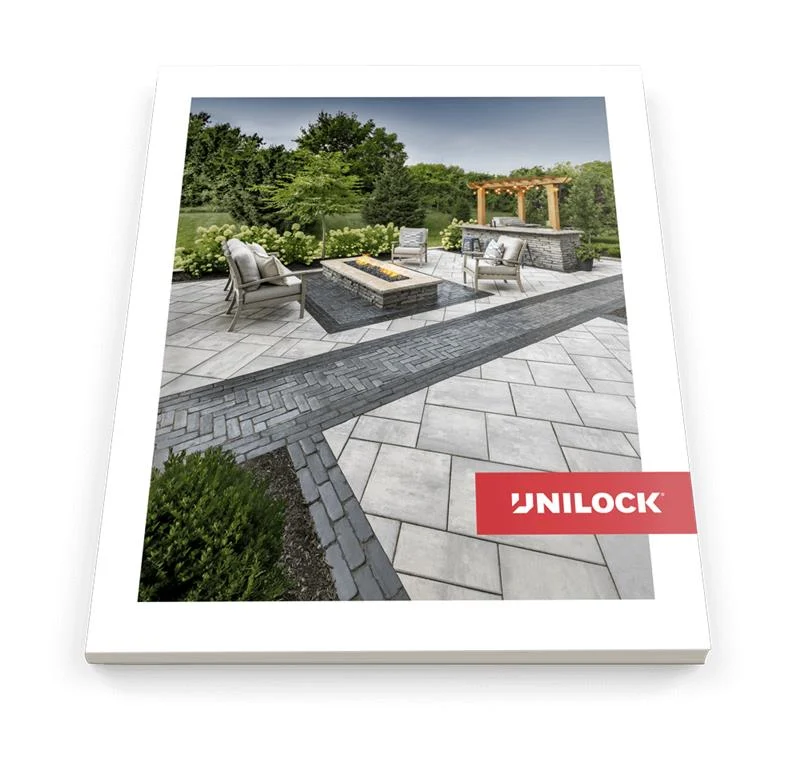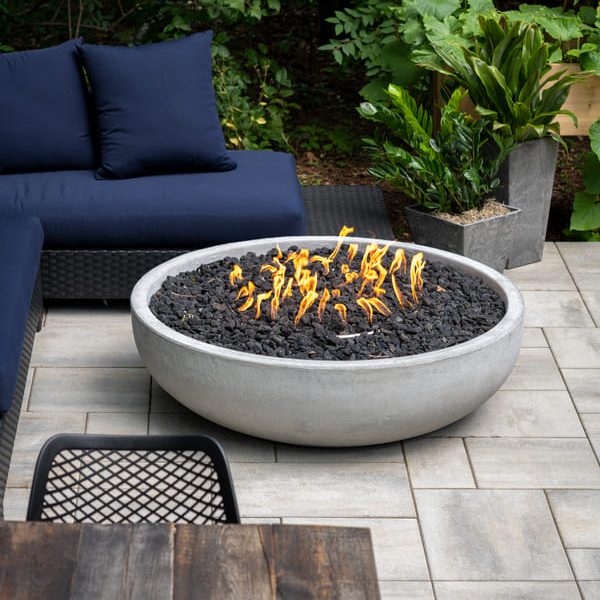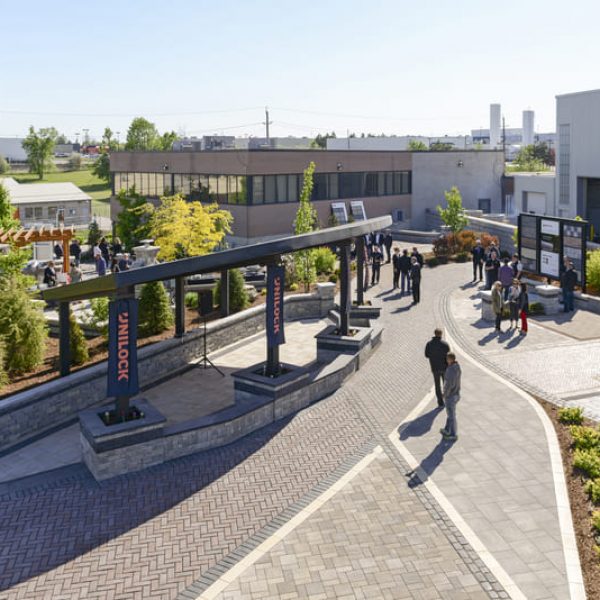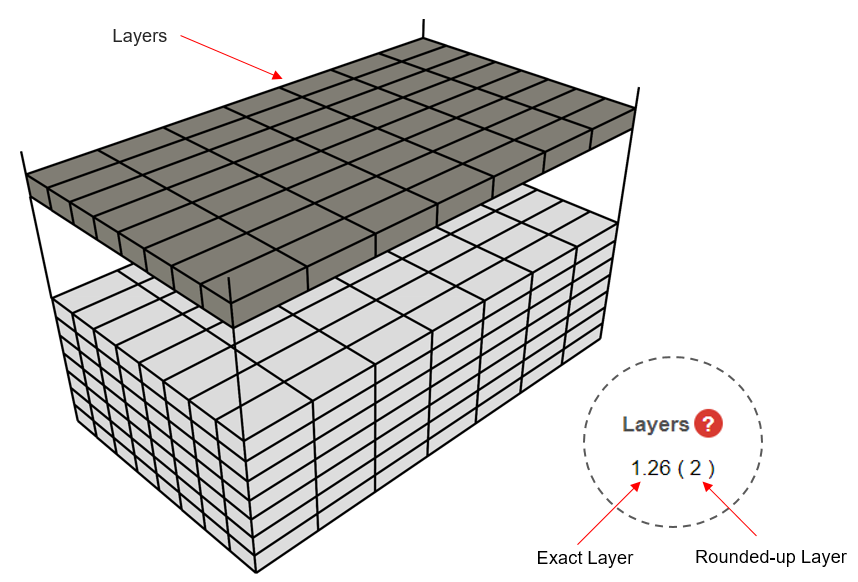
The title image features a Natural Stone walkway.
Today, there is a growing trend toward outdoor living spaces that have less of an impact on the environment. In this article we’ll explore four landscape design ideas that can be considered eco-friendly in Somers, NY.
1. More Outdoor Living Space
For some homeowners who don’t actually use their lawn (they don’t have kids or pets needing to run off some steam), they may find that this aspect of their landscape requires tremendous resources to maintain without the reward. Fertilizer and herbicides and take a toll on the environment. Reducing the size of the lawn by turning the landscape into more of an outdoor living space may not initially seem eco-friendly—after all, some greenery will be replaced. However, creating a functional and attractive patio or a series of smaller interconnected patios featuring key amenities that you will use and enjoy daily could mean spending more time in the backyard. In turn, you will find that you may cook at home more and spend less time driving to other places to enjoy yourself. Such activities can immediately reduce your eco-footprint.
You could consider developing a patio that features distinct activity zones. For example, an outdoor kitchen is located close to the home for convenience (the hub of outdoor living). Adding two smaller peninsulas that jut out into the landscape—one housing a pergola-covered seating or dining area and one featuring a fire pit with generous seating—could bring you closer to nature while creating quiet spaces for relaxing.
Adding a fire feature encourages year-round use rather than only in the warmest months; actually using a landscape is one of the best things you can do to help the Earth. While you may not view burning wood as environmentally friendly, fire features can also be fueled with natural gas or propane.
Replacing most or all of the lawn with native plants will reward you with year-round interest and a wonderfully diverse landscape that is also visually striking and eco-friendly.
2. Permeable Pavers
Permeable pavers feature larger joint spaces, and the pavers are set on a base that allows rain and snowmelt to naturally seep into the ground rather than running off a solid-surface patio. Returning water to the aquifer instead of creating runoff is a great way to reduce your eco-footprint.
Treo Permeable pavers from Unilock could bring a sleek and modern yet relaxed feel to your backyard. If you prefer a more rustic look, Unilock Thornbury pavers feature the gorgeous look of natural flagstone.
Permeable pavers can also be used on your driveway. Unilock Tribeca Cobble pavers would give your driveway the elegance of an old-world cobblestone road. To avoid damage from snow plows, a driveway heating system could be installed to keep your driveway snow- and ice-free.
3. Retaining Walls
Retaining walls are typically constructed to prevent erosion. They can also become beautiful focal points. You could showcase native plants using raised bed planters at the front entry, or to define outdoor living spaces. Rivercrest Wall from Unilock can be used to create a series of “wild gardens” filled with native pollinator-friendly plants, which would let you expand your planting areas in a more formal and structured way.
4. Natural Stone
Natural stone is another product that will make your outdoor living spaces more eco-friendly. Quarried stone can be considered to have a smaller eco-footprint than concrete pavers. Choose from the cool sophisticated tones of Unilock Limestone, or the warm colors and dynamic patterns of Unilock Sandstone. Either option will ensure a one-of-a-kind space that delights the eye.







